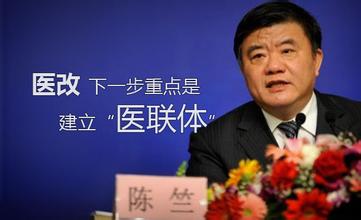
Influenza Vaccine, Live, Nasal, Freeze-dried Exclusively authorized by the WHO in China
Influenza Vaccine, Live, Nasal, Freeze-dried is a cooperative project with the WHO, which has been included in Global Action Plan for Influenza Vaccines (GAP)[1]. Hundreds of millions of doses have been used in the world, and Changchun BCHT Biotechnology Co. has the exclusive right of production and
operation in China.
Intranasal spray administration, no injection and no pain
The vaccine is inoculated by nasal spray, equipped with nasal spray device, and only needs to spray once a year in two nostrils to prevent influenza.
Mucosal immunity + Cellular immunity + Humoral immunity
After influenza virus attacks human body, it widely exists in nasal cavity, respiratory tract and other mucosal parts, as well as in body fluids and cells.
Vaccination of Influenza Vaccine, Live, Nasal, Freeze-dried can quickly stimulate the triple immune response of human body, and carry out defense
against viruses in different parts:
·Intranasal administration can produce mucosal immunity (IgA antibody), which forms the first immune defense line in the nasal cavity.
·Produce humoral immunity (IgG antibody) to remove influenza virus from body fluids.
·Produce cellular immunity (T cells) to remove influenza virus from cells
3+N More extensive protection
The production strains are recommended and supplied by the WHO every year.
The vaccine can not only effectively resist the vaccine strain, but also produce cross immunity to other subtypes of influenza virus.
Produced with SPF embryonated eggs
SPF
The chick embryos for vaccine production comes from SPF (specific pathogen free) chicken flocks, so the risk of exogenous pathogenic microorganism
pollution is excluded.
Free of inactivator, split agent and preservative
Influenza Vaccine Live Manufactured,Influenza Vaccines In Vial,Flu Vaccine In Vial,Influenza Vaccine While Having Flu
Changchun BCHT Biotechnology Co. , https://www.ccbcht.net